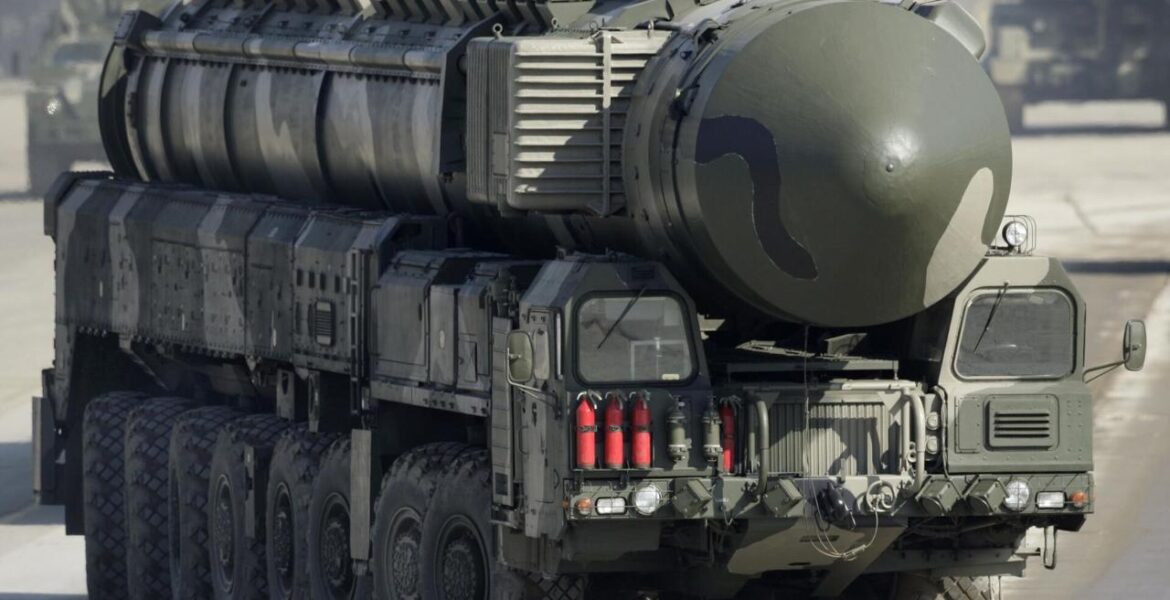The recent statements from Belarus’s Ministry of Defense about the potential use of tactical nuclear weapons in defence of its sovereignty and independence reflect a strategic escalation. These remarks which indicated a readiness to deploy Moscow-provided nuclear capabilities, followed Belarusian accusations against NATO, alleging provocative actions near its borders, particularly targeting Poland for impeding Belarus’s accession to the Shanghai Cooperation Organization and exacerbating a migration crisis.
By late 2023, Putin confirmed the establishment of a specialized storage facility for tactical nuclear weapons in Belarus and supplied Iskander missile systems capable of nuclear payloads. Lukashenko reaffirmed these developments during a visit to Russia in December 2023, underscoring the presence of promised nuclear assets in Belarus. Belarus’s Ministry of Defense has also reported synchronised readiness exercises with Russia in May 2024, involving training scenarios with Iskander-M missile systems equipped with nuclear warheads.
Russia’s military doctrine allows preemptive nuclear strikes in response to existential threats. While Putin has not explicitly threatened Ukraine with nuclear action, he has cautioned Western states about potential nuclear conflict in direct confrontations with Russia. The Kremlin considers nuclear responses to threats against Russia’s territorial integrity, including what it terms as “new territories,” such as occupied Ukrainian regions. Since February 2022, Russia’s strategic nuclear forces have maintained heightened readiness.
Belarus’s Defence Ministry’s recent statements serve as a political manoeuvre aimed at redirecting international focus away from Ukraine. However, military experts downplay the practical military significance of Belarus’s nuclear arsenal, emphasising its limited threat to NATO or Ukraine. NATO shares this assessment, viewing the Russian nuclear threat as improbable due to potential repercussions for Russia itself. Since 2015, the US has bolstered its missile defence capabilities in Europe, including Aegis Ashore installations in Poland and Romania since 2022, capable of intercepting Russian intercontinental ballistic missiles targeted at NATO territories, including potential strikes on Ukraine.
Despite Belarus’s current lack of immediate nuclear threat, the Kremlin continues to view tactical nuclear options as a potential last resort in the context of conflicts involving Ukrainian forces. The operational capability to deploy and utilise tactical nuclear weapons along the Ukrainian border presents additional complexities. Meanwhile, Russian narratives highlighting a potential “Ukrainian dirty bomb” and Belarus’s military buildup near its borders under the pretext of a Ukrainian threat compel Ukraine’s defence forces to maintain vigilance.
Looking ahead, while short-term stability appears relatively assured, the Belarusian situation remains inherently precarious. Russia may intensify tensions by hinting at the prospect of opening new fronts and amplifying disinformation about Belarus’s direct involvement in the Russian invasion of Ukraine. Joint unplanned aviation drills with Russia to simulate tactical nuclear strikes and Belarus’s positioning of the Polonez multiple rocket launcher division near its borders constitute destabilising factors. Efforts by Belarus and Russia to exploit a manufactured migration crisis on the Polish border further complicate regional dynamics.
While further nuclear brinkmanship from Russian and Belarusian leadership seems unlikely to sway Western support for Ukraine or alter ongoing military operations, the situation demands continued monitoring and strategic preparedness.




